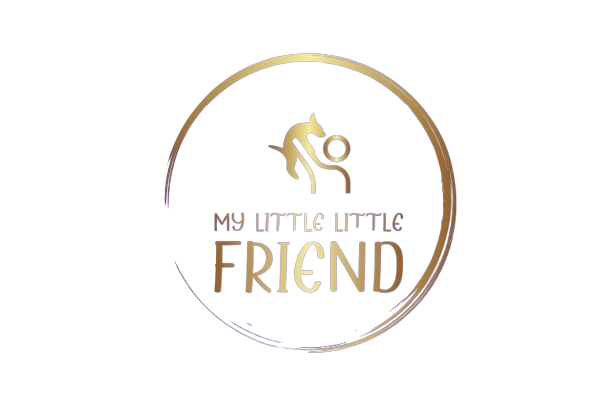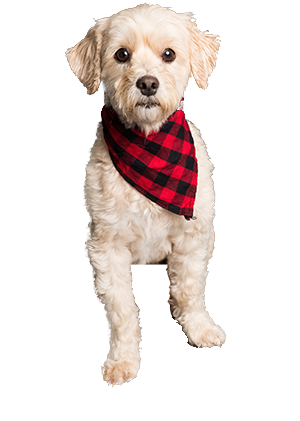Common Illnesses In Older Dogs
Watch for These Signs: Keeping Your Senior Dog Healthy
As our furry companions age, their bodies change, just like ours. These changes can sometimes lead to new health concerns. The good news is that many age-related conditions in dogs are treatable and manageable with veterinary care.
Here are some common signs to watch for in your senior dog:
- Changes in Mobility: Stiffness, limping, or difficulty getting up and down stairs could signal arthritis or other joint problems.
- Decreased Appetite or Weight Loss: This could be due to dental issues, kidney disease, or other conditions.
- Behavioral Changes: Confusion, disorientation, or accidents in the house may indicate cognitive decline.
- Vision or Hearing Loss: These can be normal signs of aging, but if they seem sudden or severe, consult your vet.
- Changes in Sleep Patterns: Excessive lethargy or restlessness at night could point to health problems.

Early Detection is Key
If you notice any of these signs in your senior dog, don’t hesitate to schedule an appointment with your veterinarian. Early detection and treatment can significantly improve your dog’s comfort and quality of life as they age.
Remember, your veterinarian is your partner in keeping your senior dog healthy and happy!
Cloudy Vision: Understanding Cataracts in Senior Dogs
Many senior dog owners face the concern of cataracts, a condition that affects vision just like it does in humans. Here’s what you need to know:
What are Cataracts? Cataracts develop when the normally clear lens of the eye becomes cloudy. This cloudiness progressively worsens, obstructing light and causing vision loss.
Symptoms: Watch for signs like a cloudy or bluish appearance in the dog’s eye, bumping into objects, hesitation on stairs, or a decreased interest in playing fetch.
Risk Factors: While cataracts are common in older dogs, certain factors can increase the risk, such as diabetes, genetics, and past eye injuries.
Impact of Diabetes: Uncontrolled diabetes can accelerate cataract formation. Maintaining a healthy weight and managing diabetes with your veterinarian’s guidance is crucial.
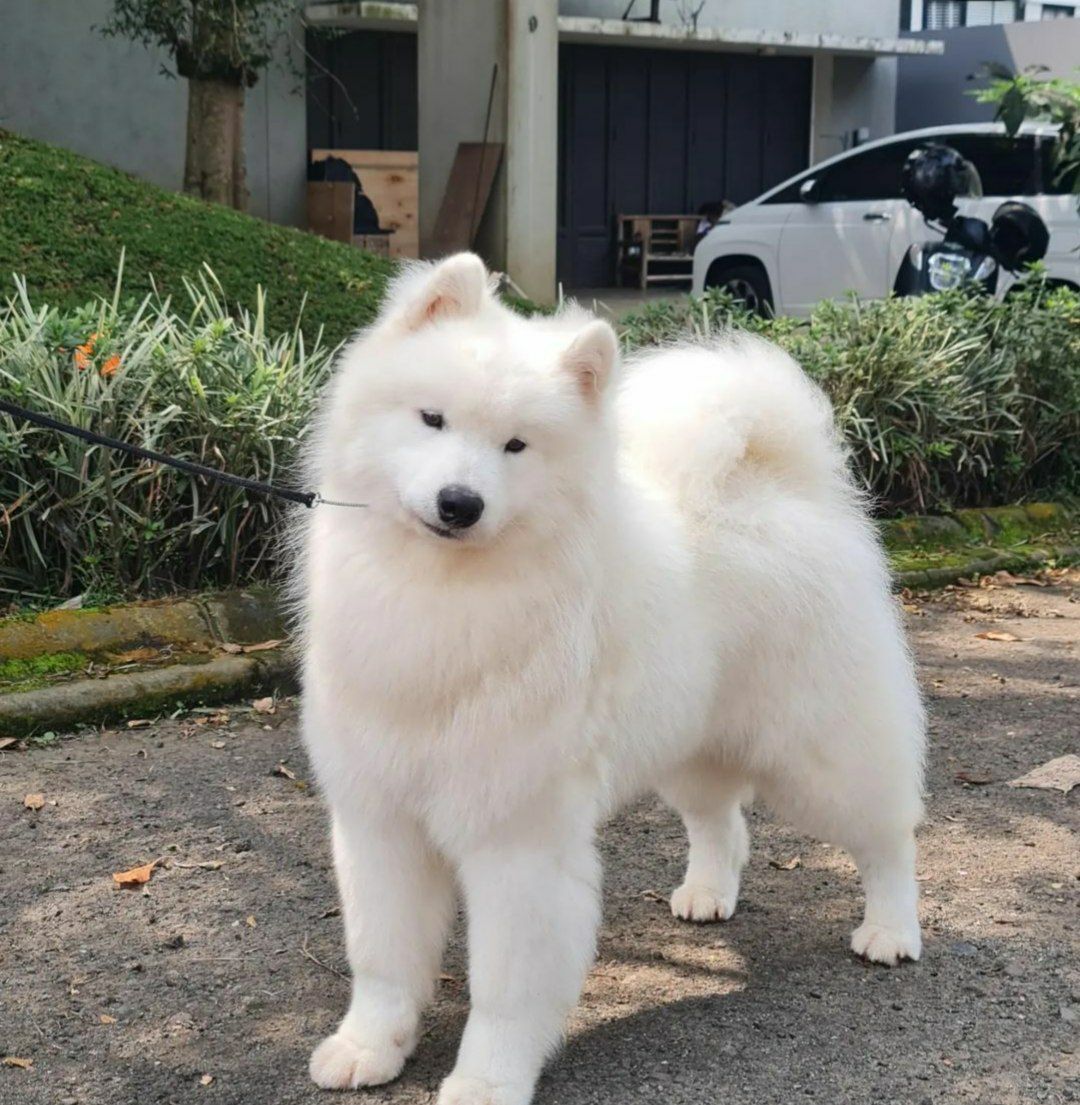
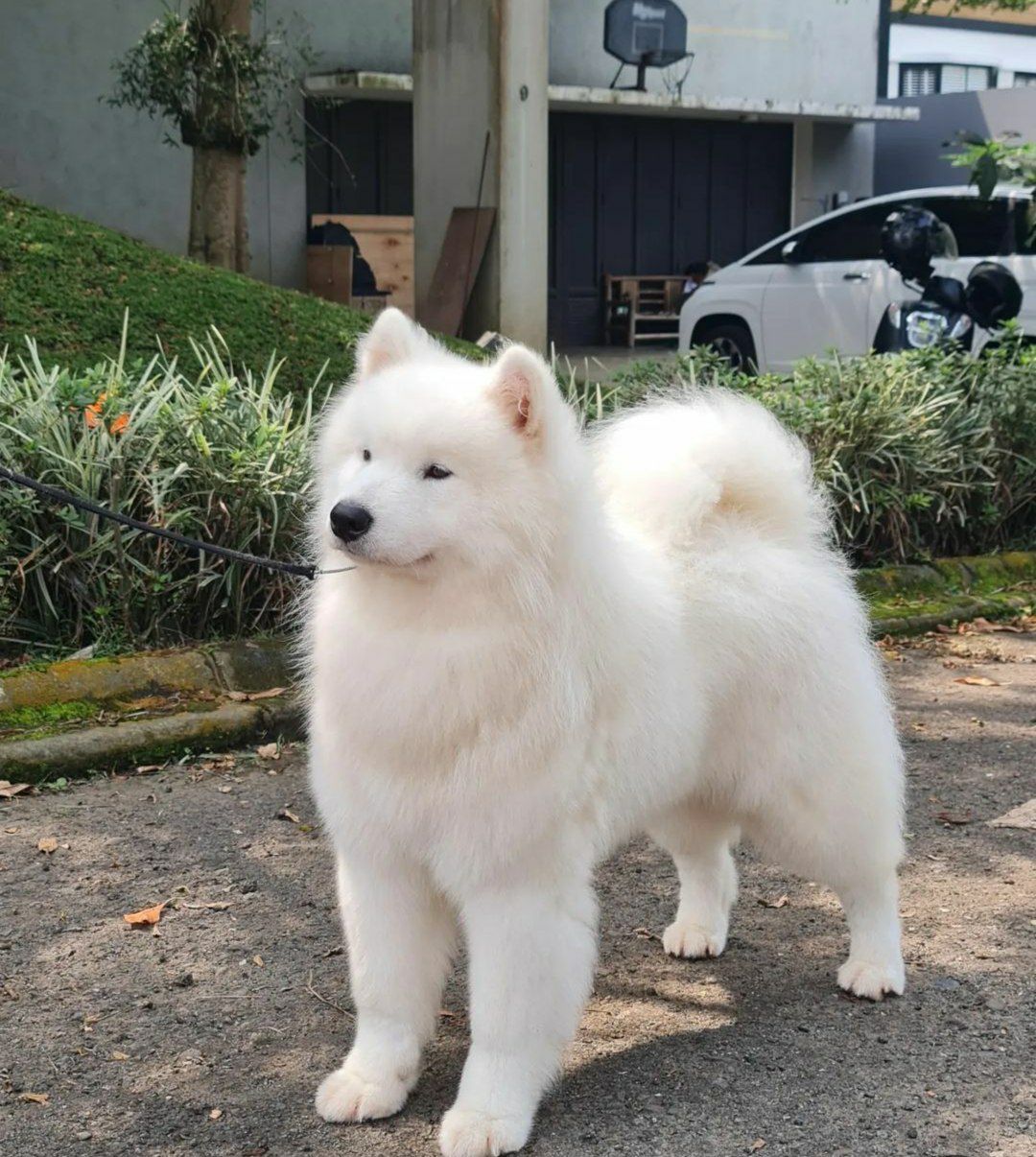
Early Detection is Key: Regular veterinary checkups are essential for early detection. Cataract surgery is a viable option for many dogs in the early stages, restoring their vision.
Living with a Dog with Cataracts:
While cataracts can be a concern, there are ways to help your senior dog adjust:
Adjusting the Environment: Keep furniture and obstacles in familiar places to help them navigate.
Sensory Enrichment: Provide more scent-based toys and activities to engage your dog.
Patience and Care: Be patient and understanding as your dog adjusts to vision loss.
By being aware of cataracts and taking steps to manage them, you can help your senior dog live a happy and comfortable life despite vision loss.
Thyroid Trouble: Understanding Hypothyroidism in Senior Dogs
Hypothyroidism, an underactive thyroid gland, is a common hormonal condition in older dogs. While the exact causes are still being studied, it can significantly impact your senior pup’s health and well-being.
What is the Thyroid Gland?
The thyroid gland is a butterfly-shaped gland located in the neck. It produces hormones that regulate various bodily functions, including metabolism, energy levels, and skin and coat health.
Signs of Hypothyroidism in Senior Dogs:
- Weight Gain: Despite eating the same amount, a dog with hypothyroidism may gain weight due to a slowed metabolism.
- Lethargy and Weakness: A lack of thyroid hormone can make your dog tired, sluggish, and less interested in exercise.
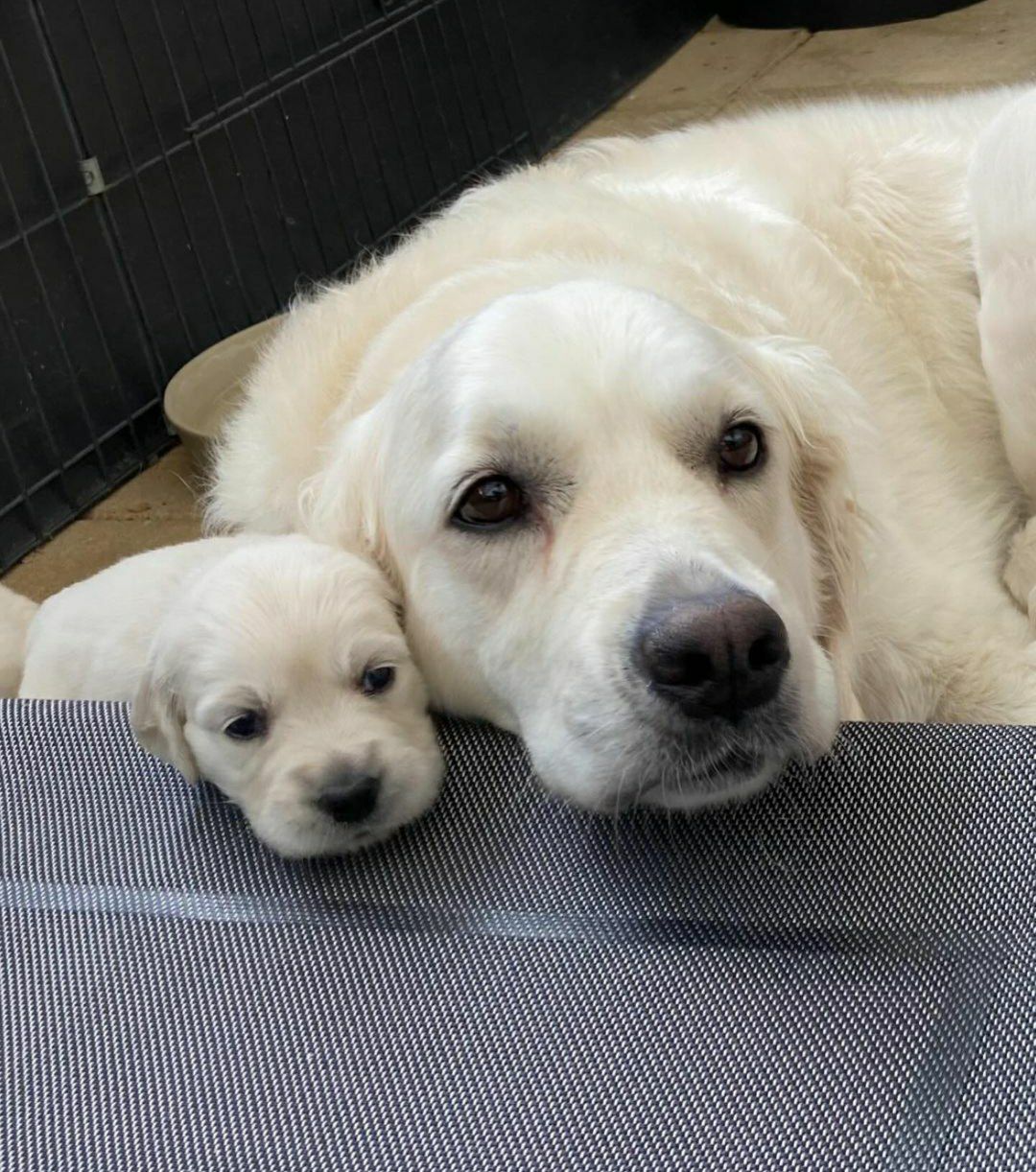
- Skin and Coat Problems: Dry, itchy skin, hair loss, and a dull, brittle coat are common signs of hypothyroidism.
- Sensitivity to Cold: Dogs with hypothyroidism often feel colder than usual.
- Behavioral Changes: Anxiety, depression, and mental dullness can occur in some cases.
Early Detection and Treatment are Key
If you notice any of these signs in your senior dog, consult your veterinarian. A simple blood test can diagnose hypothyroidism. The good news is that hypothyroidism is a very treatable condition. With daily medication, most dogs with hypothyroidism experience a significant improvement in their health and quality of life.
Additional Considerations:
- Senior Dogs More Susceptible: While hypothyroidism can affect dogs of all ages, it’s more common in senior dogs.
- Regular Checkups are Important: Regular veterinary checkups can help detect hypothyroidism early on, allowing for prompt treatment.
By understanding hypothyroidism and watching for the signs, you can help your senior dog live a happy and healthy life. If you have any questions or concerns, always consult your veterinarian.

Stiff Joints and Sore Steps: Understanding Osteoarthritis in Senior Dogs
Osteoarthritis (OA) is a degenerative joint disease commonly affecting senior dogs. It’s caused by the gradual breakdown of cartilage, the cushioning material between bones. This breakdown leads to pain, stiffness, and difficulty moving.
Signs of OA in Senior Dogs:
- Limping or favoring a leg: This is a classic sign of OA, especially after exercise or rest.
- Difficulty getting up or down stairs: Climbing stairs or jumping onto furniture may become challenging.
- Stiffness in the mornings: Your dog might seem stiff and reluctant to move after waking up.
- Decreased activity level: They might lose interest in playing or going for walks.
- Vocalization when touched or handled: Pain in the joints might cause yelping or whining when touched in certain areas.
Treatment Options:
While there’s no cure for OA, there are ways to manage it and improve your dog’s quality of life:
- Weight Management: Excess weight puts extra strain on joints. Maintaining a healthy weight is crucial.
- Pain Medication: Your veterinarian can prescribe pain medication to manage discomfort and improve mobility.
- Nutritional Support: Joint supplements like glucosamine and chondroitin can help support joint health. Discuss options with your veterinarian.
- Exercise Therapy: Low-impact exercise like swimming or gentle walks can help maintain muscle strength and joint flexibility.
Prevention is Key:
- Healthy Weight from a Young Age: Maintaining a healthy weight throughout your dog’s life reduces the risk of OA later on.
- Joint Support Supplements: Consider joint support supplements even in young or middle-aged dogs to promote healthy cartilage development.
Early Detection Matters
If you notice any signs of OA in your senior dog, consult your veterinarian. Early diagnosis and treatment can significantly improve your dog’s comfort and mobility as they age.
Remember, you can help your senior dog live a happy and active life despite OA with proper management and care.
When Your Best Friend Forgets: Understanding Canine Cognitive Dysfunction
As our beloved furry companions age, we might notice changes in their behavior. These changes can sometimes be due to Canine Cognitive Dysfunction (CCD), similar to Alzheimer’s disease in humans.
What is CCD?
CCD is a gradual decline in brain function that affects senior dogs. It’s caused by a decrease in blood flow and oxygen to the brain, leading to changes in behavior and memory.
Signs of CCD in Senior Dogs:
- Disorientation: Getting lost in familiar places or appearing confused.
- Lack of Recognition: Not recognizing familiar people or pets.

- Forgetfulness: Forgetting learned commands or housebreaking skills.
- Disrupted Sleep Schedule: Sleeping more during the day and restless at night.
- Anxiety or Agitation: Seeming anxious or even aggressive in unfamiliar situations.
Living with a Dog with CCD:
While there’s no cure for CCD, there are ways to improve your dog’s quality of life:
- Routine is Key: Maintain a consistent daily routine with regular feeding times, walks, and playtime. This provides comfort and predictability.
- Mental Stimulation: Engage your dog with short training sessions or food puzzles to keep their minds active.
- Exercise Regularly: Regular, low-impact exercise like short walks helps maintain physical and mental well-being.
- Dietary Support: Discuss with your veterinarian the benefits of food rich in antioxidants, which can help protect brain cells.
Seeking Help:
If you suspect your dog has CCD, consult your veterinarian. They can perform a thorough examination and rule out other causes for the behavioral changes. There are also medications and supplements that can help manage CCD symptoms.
Additional Resources:
- The American College of Veterinary Behaviorists: https://www.dacvb.org/search/custom.asp?id=5985
- The Association for Pet Loss and Bereavement: https://www.aplb.org/support/
Remember, with proper care and support, you can help your senior dog with CCD live a comfortable and happy life for as long as possible.
